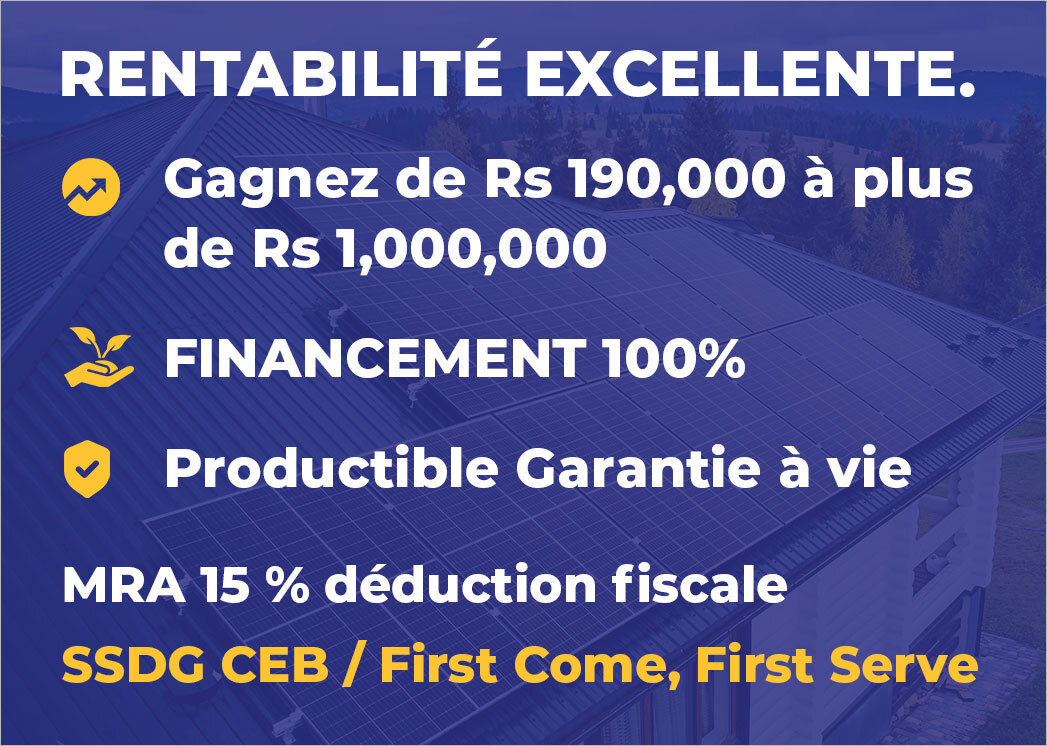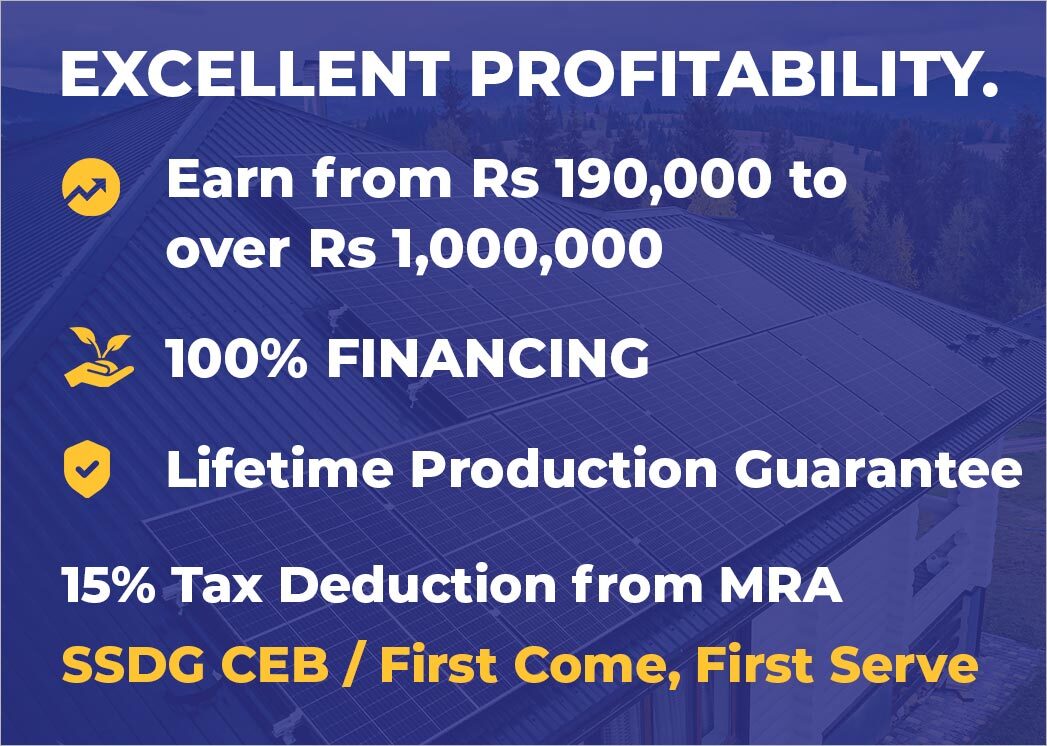“AC” means Alternating Current;
“Applicant” means a producer of electricity through a SSDG installation;
“CEB” means the Central Electricity Board;
“ Circuit breaker ” means a switching device capable of making, carrying, and breaking currents under normal circuit conditions and also making, carrying for a specified time, and breaking currents under specified abnormal conditions such as those of short circuit;
“DC” means Direct Current;
“Dedicated transformer” means a transformer installed between the CEB’s network and
SSDG network that serves only the SSDG and attached loads, if any;
“DG” means Distributed Generation;
“Distributed generation” means electric generation facilities connected to the Utility network at the PCC;
“Directional-power relay” means a relay that operates on a predetermined value of power flow in a given direction, or upon reverse power so that, when used with SSDG in a non-export configuration, it will prevent power flow into the CEB´s Network;
“Flicker” means a variation of input voltage sufficient in duration to allow visual observation of a change in electric light source intensity;
“Fault” means a physical condition that causes a device, a component, or an element to fail to perform in a required manner, for example a short-circuit, a broken wire, an intermittent connection;
“Frequency” means the number of complete cycles of sinusoidal variations per unit time;
“Greenfield” means an installation of SSDG at a location without existing connection point;
“Grid” means CEB’snetwork that brings electricity from power stations to consumers;
“THD” means Total Harmonic Distortion;
“Harmonic distortion” means continuous distortion of the normal sine wave; typically caused by nonlinear loads or by inverters, measured in Total Harmonic Distortion (THD);
“IGBT” means Insulated-gate bipolar transistor;
“Installer” means a person who has been certified by the supplier or has followed a course on Certified SSDG installation;
“IPP” means an Independent Power Producer;
“Islanding” means a condition in which a portion of the CEB’s network is energised by one or more SSDGs through their PCC(s) while electrically separated from the rest of the system;
“Isolated Generation” means a condition where the electrical path at the PCC is open and the SSDG continues to energise local loads;
“kV” means kilovolt;
“kVA” means Kilovolt Ampere
“kW” means Kilo Watt (1,000 W = 1,000 J/s); “kWh” means Kilowatt hour (1,000 watt hours);
“LV” means Low Voltage (Voltage below 1,000 V);
“MW” means megawatt (1,000,000 W = 1,000,000 J/s);
“Parallel operation” means a condition where the SSDG is operating while connected to CEB’s network;
“PCC” means point of common coupling;
“Point of Common Coupling (PCC)” means the point at which a SSDG is connected to the CEB’s network;
“Power factor Ratio” means ratio of real to total apparent power (kW/kVA) expressed as a decimal or percentage;
“Producer” means a producer of electricity through a SSDG installation or the owner thereof;
“PV” means photovoltaic;
“PWM” means Pulse width modulation;
“RE” means renewable energy;
“SSDG” means Small Scale Distributed Generation up to 50 kW as categorised in Schedule 2
“SWC” means Surge Withstand Capability, the immunity of this equipment to fast and repetitive electrical transients;
“TT system” means in a TT earthing system, the protective earth connection of the consumer is provided by a local connection to earth;
“Voltage-restrained over-current relay” means a protective relay in which the pickup and over-current tripping times are affected by the voltage.



